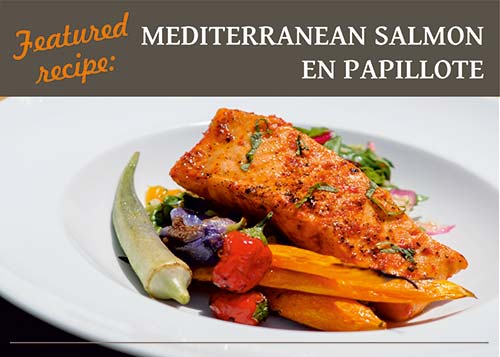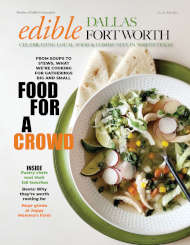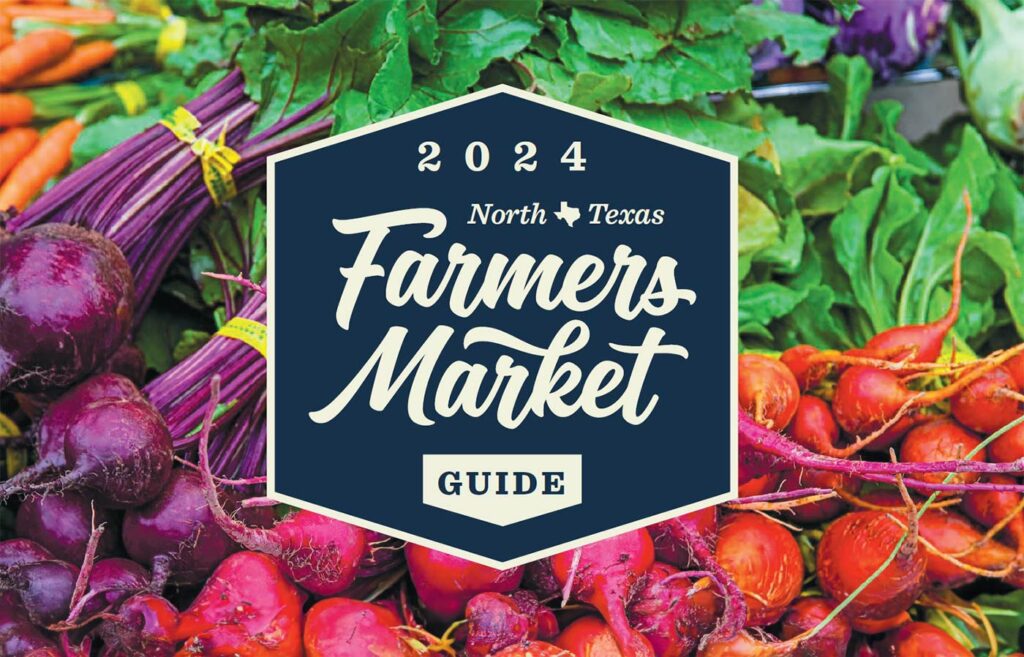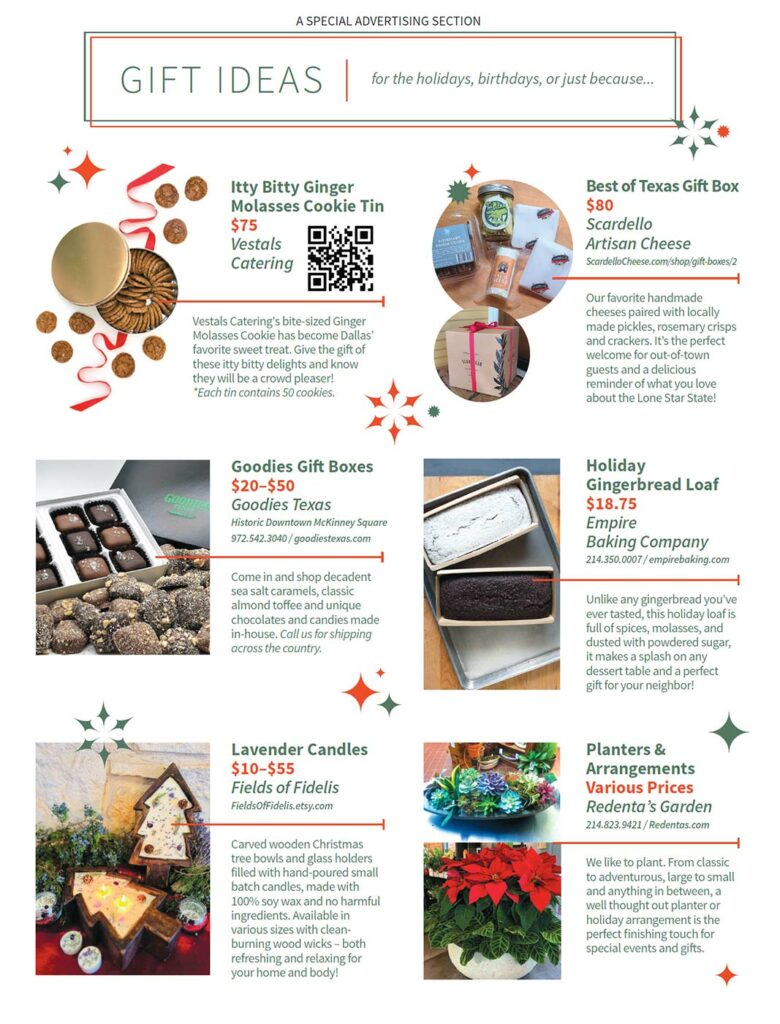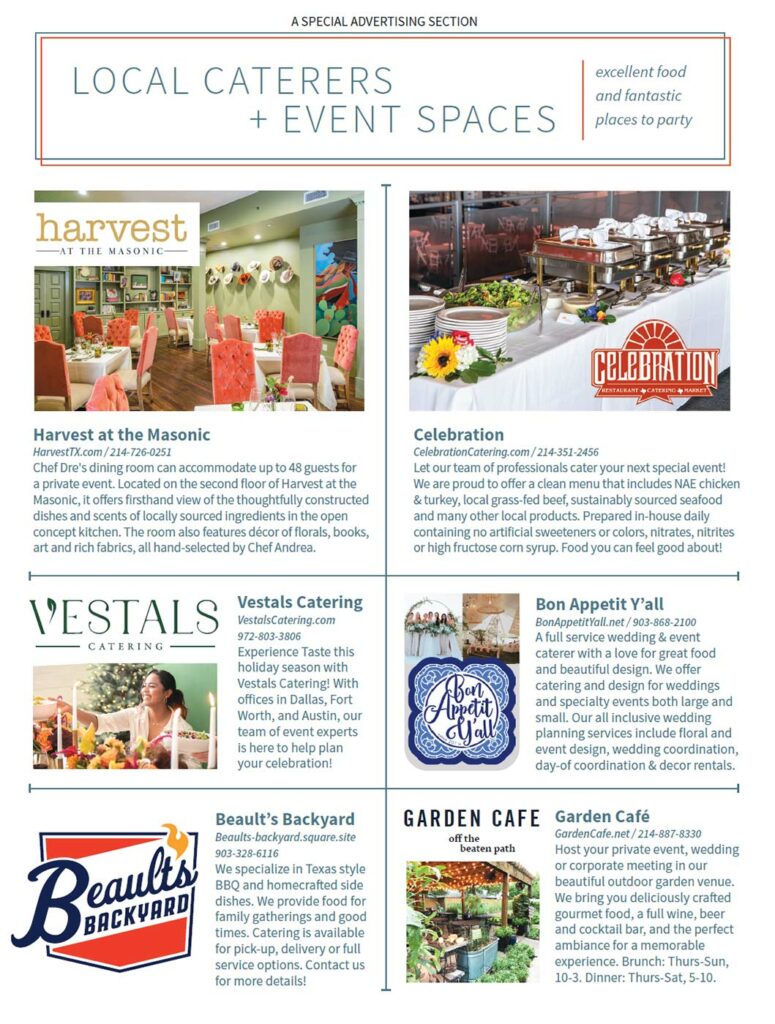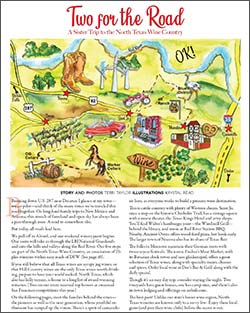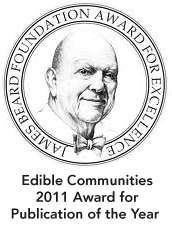BY RUSSELL KANE
Wine culture in Texas is one of the oldest in America.
It began in the 1650s when Spanish missionaries from Mexico arrived at “El Paso del Norte,” the pass on the Rio Grande. They brought Spanish Criolla vines that many call “Mission,” the first winemaking grapes of Europe to be planted in the territory now called Texas. Later a secularized wine industry expanded along the borderland with Mexico, lasting until the mid-1800s.
The 1800s brought European immigrants to Texas, starting farms and homesteads. The Germans settled in southeastern Texas and expanded to the central Hill Country. Italians generally followed the rail lines to early settlements like Del Rio in the south and, in the north, Montague County, west of Dallas and Fort Worth. Both brought a love of wine as a part of everyday family life. When the grapes of their European homelands would not grow in Texas, they started making wine from the plentiful native Texas grapes, mostly Mustang and Muscadine. These were wild grapes that often made wild wines.
Estimates are that there were at least 30 wineries in Texas in 1919 when National Prohibition brought a temporary end to the state’s wine industry. It wasn’t until the mid-1980s that the number of Texas wineries exceeded the pre-prohibition number. Since then, state laws have changed, catalyzing Texas wineries to be built and sell wine anywhere in the state—even in areas “dry” to the sale of other alcoholic beverages.
It took 20 more years for Texas winegrowers to realize, Texas was not like Napa or Bordeaux, and it sure as hell wasn’t like Burgundy, but it was more like parts of Spain, Portugal, southern France and Italy.
The new grapes for Texas now include reds like Tempranillo, Mourvèdre, Sangiovese, and white grapes like Viognier, Roussanne, Trebbiano and Vermentino. A white hybrid grape, Blanc Du Bois, is also gaining recognition along with the red hybrid grape Black Spanish. Both hybrids make it possible to grow wine grapes nearly anywhere in the state, even in the more humid parts.
This combination of new laws and an expanded view of the wine world to include Mediterranean climes and grape varieties gave Texas options needed to expand production, sales and to be a consistent winner of international wine competitions.
Texas author and wine blogger Russell Kane writes at VintageTexas.com, his books include The Wineslinger Chronicles: Texas on the Vine and Texas Hill Country Wineries.


